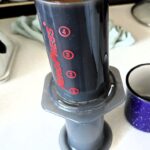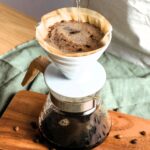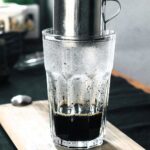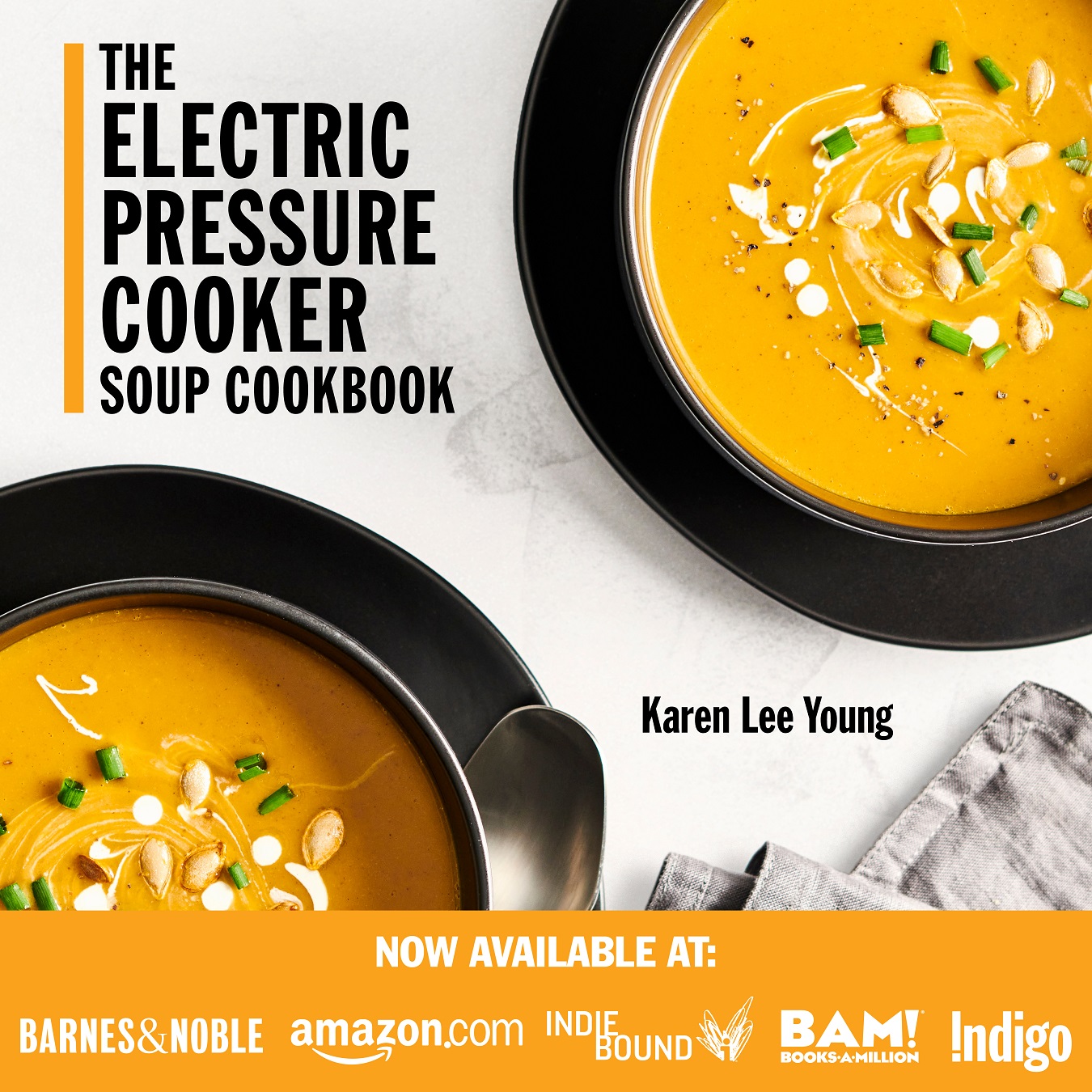Last Updated on December 13, 2024 by Karen
Learn how flat bottom vs cone coffee filters impact your brew. Explore how filter shape, material, and brewing method influence coffee flavor, clarity, and sustainability to help you choose the perfect filter for your coffee.
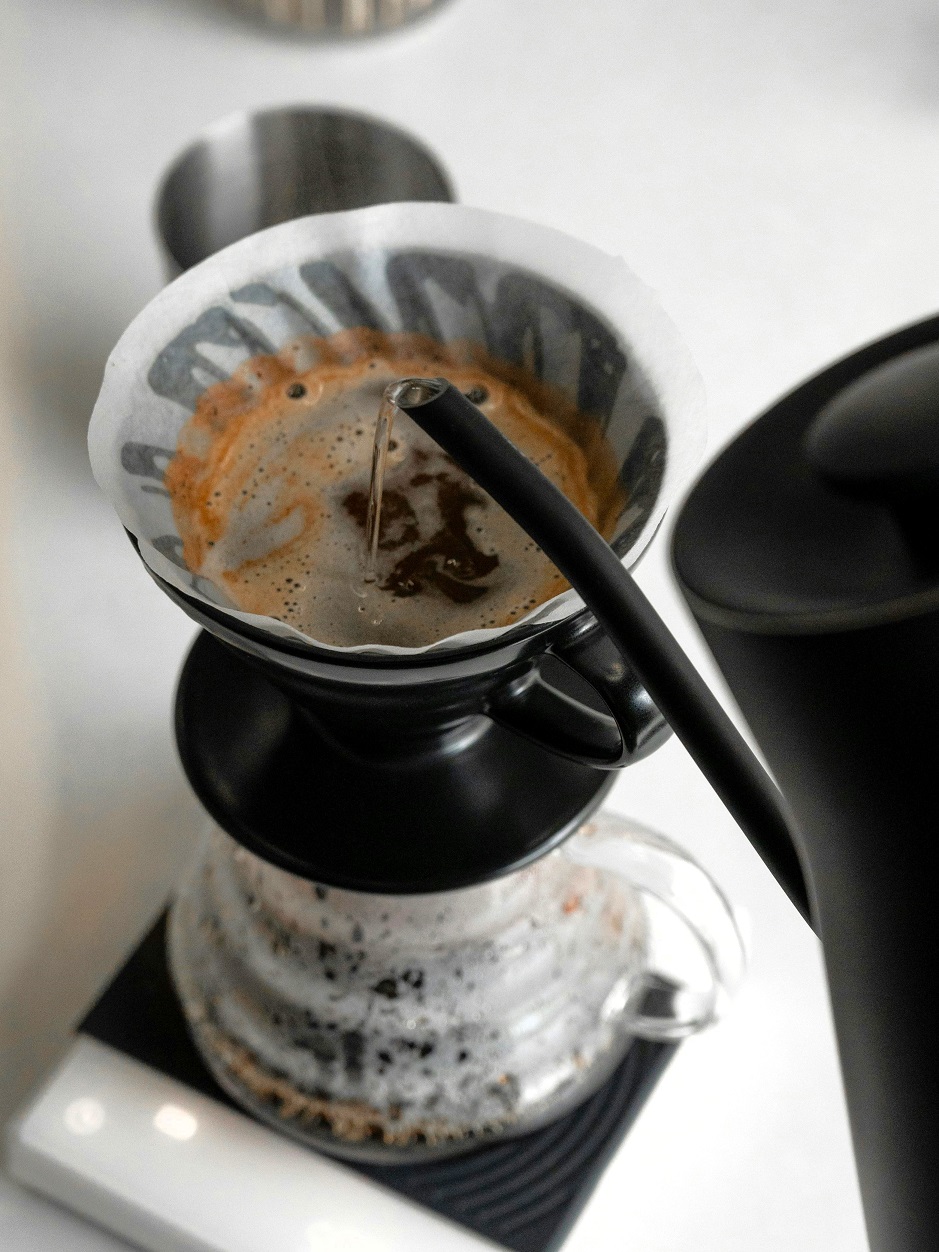
When it comes to brewing a great cup of coffee, the coffee filter might not always be the first thing that comes to mind. However, it plays a crucial role in the brewing process, affecting everything from the extraction process to the taste of your coffee. Whether you’re a coffee enthusiast or simply someone looking to improve your daily cup, understanding the differences between cone filters and flat bottom filters can have a significant impact on the flavor profile of your brew.
The main difference between cone-shaped filters and flat bottom filters lies in their shape, which affects how hot water interacts with the coffee grounds, the rate at which water flows through the coffee bed, and ultimately, the resulting flavor of the brew. Additionally, the material of the filter—paper coffee filters, metal coffee filters, or cloth filters—adds a layer of complexity. Each type of filter also comes in various sizes and is suited for different coffee brewing methods.
In this post, we’ll explore the key differences between these two popular filter shapes, how they affect the brewing process, and the impact of filter materials on the final taste of your coffee.
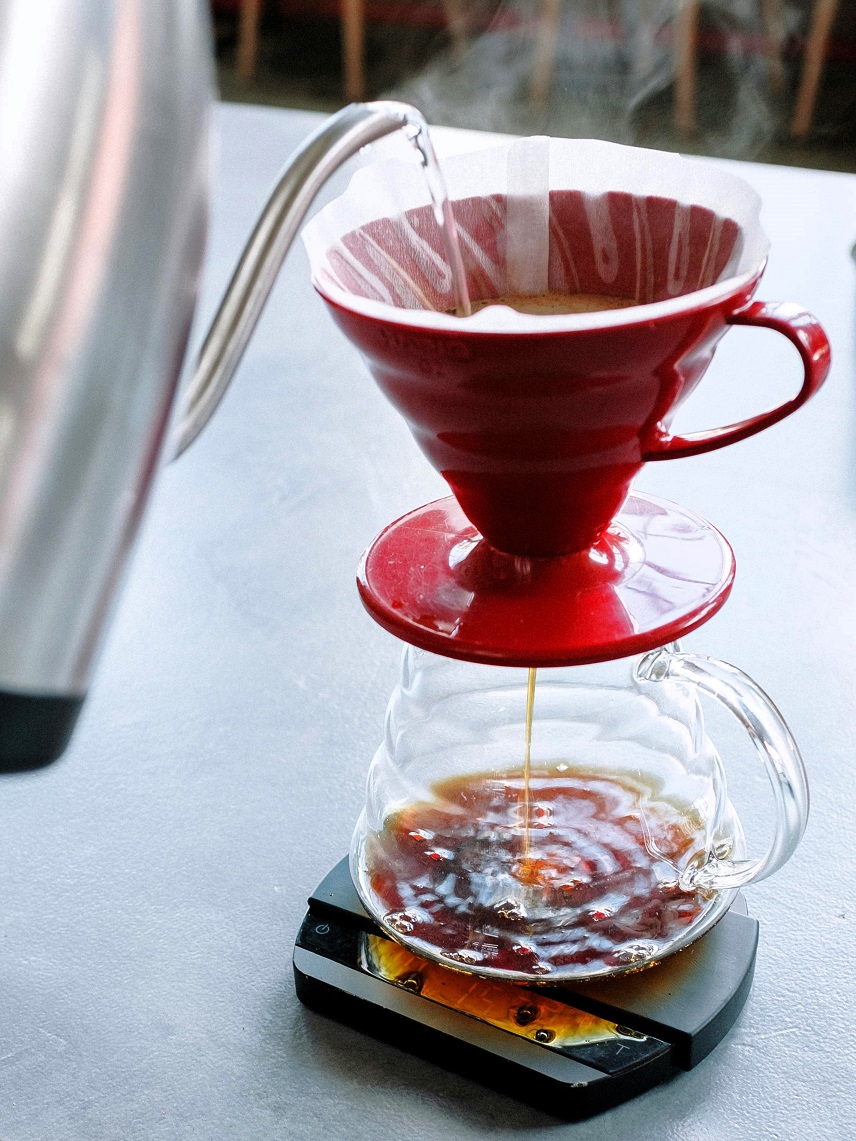
Coffee Makers and Filter Types: Which Machines Use Which Filters?
Choosing the right coffee filter also depends on the brewing method and the coffee maker you’re using. Different machines are designed for specific types of filters, and using the wrong one can lead to a suboptimal brewing experience. Here’s a breakdown of some popular coffee makers and the different filter types they use.
1. Drip Coffee Machines
Drip coffee makers are one of the most commonly used machines, and they typically use either basket filters or cone filters. The choice of filter usually depends on the specific model and brand of the coffee maker.
- Basket filters: Many drip coffee makers use flat-bottom filters that fit into the machine’s flat-bottom brewers basket shape. These filters are ideal for brewing larger quantities of coffee and work well with medium to coarse coffee grinds. Popular brands like Cuisinart, Hamilton Beach, and Black and Decker commonly use this flat bottom brewers design. If you own a Cuisinart Brew Central or a Hamilton Beach FlexBrew, you’ll likely use flat bottom coffee filters.
- Cone filters: Some drip coffee makers, such as those made by Bonavita, Technivorm, and Braun, require cone-shaped filters. These filters, often labeled as #4 or #2, produce a more complex and flavorful cup due to the slower water flow through the coffee grounds. Models like the Technivorm Cup-One and Bonavita Coffee Maker are known for using cone filters.
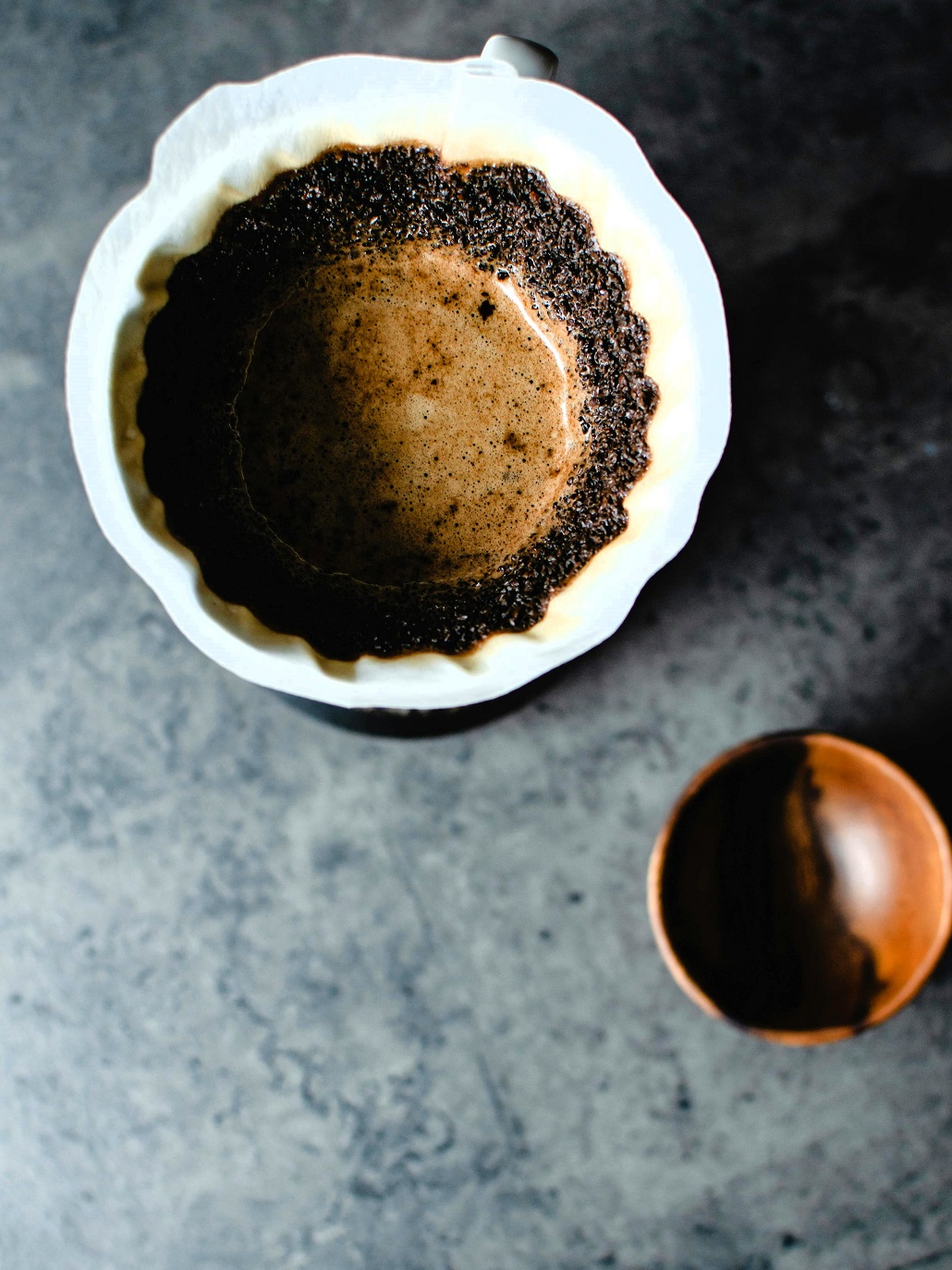
2. Pour-Over Coffee Makers
For those who prefer a hands-on approach to brewing, the pour-over method is a great option. Cone shape filters are commonly used in these brewers, and their design allows for more control over the brewing process.
- Hario V60: This popular pour-over dripper uses conical shape filters and is perfect for coffee lovers who want to perfect their brewing technique. With the Hario V 60, grind size is crucial because the hot water flows through the grounds more slowly than in traditional coffee makers.
- Chemex: The Chemex coffee maker also uses conical filters, but they are much thicker than standard ones. This helps to filter out more coffee oils and fine particles, resulting in a cleaner, smoother cup with less sediment.
3. Single-Serve Coffee Makers
Single-serve coffee makers like Keurig or Nespresso are different from traditional drip coffee makers. These machines typically use pre-packaged coffee pods, which means you don’t need to worry about choosing a filter. However, for reusable pods that allow you to use your own ground coffee, you’ll need a compatible metal or cloth filter that fits inside the pod system.
4. French Press
The French press does not use paper or basket filters. Instead, it relies on a metal mesh filter to separate the ground coffee from the brewed coffee. These types of coffee filters allow more of the coffee oils to remain in the brew, resulting in a rich, full-bodied cup. Many coffee lovers prefer this method for its bold flavors and thicker consistency.
5. Cold Brew Coffee Makers
For cold brew coffee makers, some models use cloth filters or metal mesh filters, while others may require a specific basket or cone-shaped filter. These filters are designed to handle the unique brewing process, where coffee grounds are steeped in cold water for an extended period (12-24 hours). The result is a smoother, less acidic brew. Popular brands like Toddy and Oxo often use cloth or metal filters in their cold brew systems.
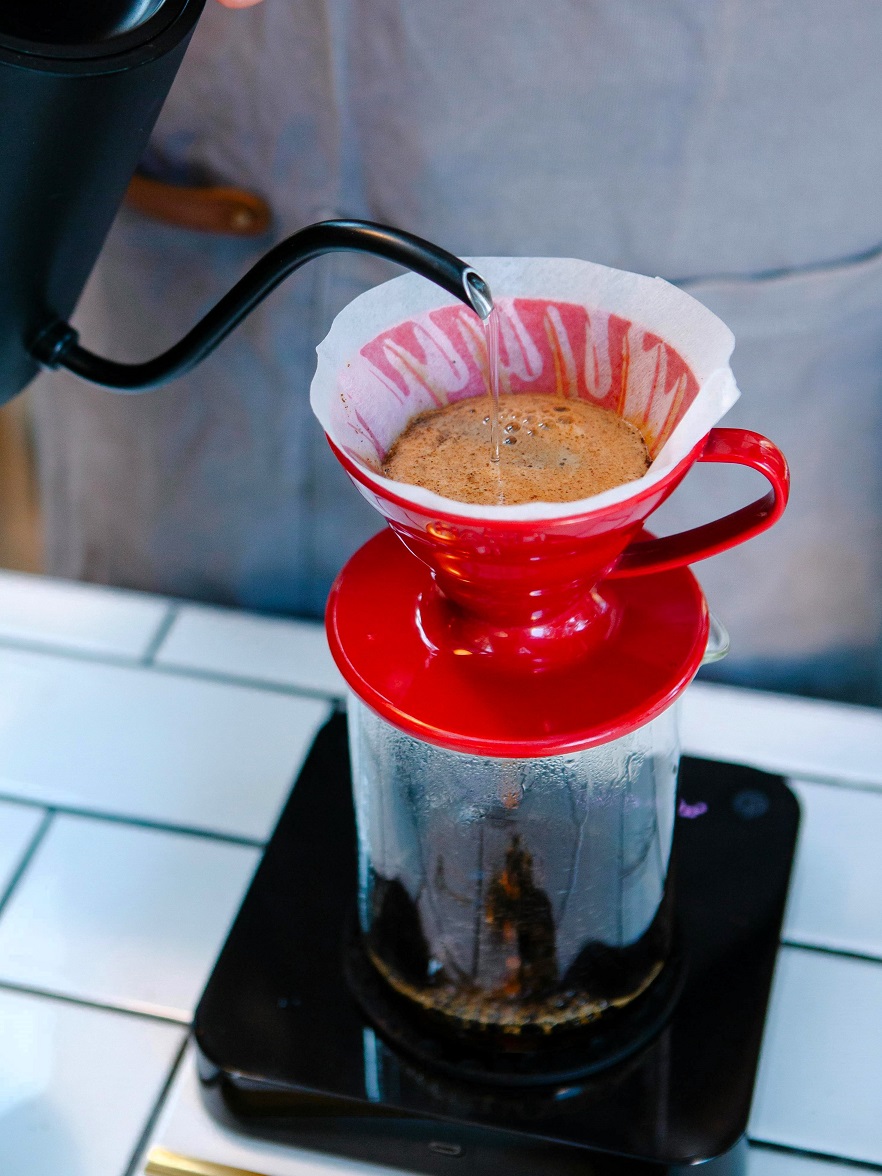
Filter Materials: Impact on Flavor and Environmental Considerations
When choosing a coffee filter, it’s not just about the shape or the size; the material also plays a critical role in how the filter affects the coffee’s flavor profile and clarity. Different filter materials can influence the brewing process and the taste of your coffee. Additionally, many coffee drinkers are becoming more environmentally conscious, so it’s important to consider the sustainability of the filters you use.
1. Paper Coffee Filters: Clean and Crisp
Paper filters are the most common type used in drip coffee makers, especially in flat-bottom and cone-shaped filters. These filters do a great job of creating a clean, refined cup by filtering out most of the coffee oils and fine particles. This results in a clear, crisp brew.
- Flavor Impact: The primary benefit of paper filters is their ability to deliver a clean cup with minimal sediment. Paper filters help to highlight the sweeter notes of the coffee and reduce any woody flavors or bitterness. They also tend to produce a brew with a smoother mouthfeel and less coffee oils, which some coffee drinkers may prefer for lighter roasts or for emphasizing floral flavor intensities. However, paper filters can leave a slight papery taste if not properly rinsed.
- Environmental Considerations: Traditional paper filters are biodegradable but contribute to single-use waste. Brown paper filters are generally considered better for the environment than white filters because they are unbleached. For those concerned with reducing waste, unbleached filters are a more eco-friendly choice.
2. Metal Coffee Filters: Richer Flavor and Reusability
Metal filters, especially stainless steel, provide a more sustainable and reusable option. These filters are typically permanent filters that can last for years with proper care.
- Flavor Impact: Metal filters allow more coffee oils to pass through, resulting in a richer, fuller flavor with more body. This makes them ideal for those who enjoy medium to dark roasts, where the oils contribute to the depth and woody flavors of the brew. However, because metal filters don’t trap as many fine coffee particles, the brew may be a bit grittier compared to paper filters. The grind size should be adjusted accordingly to avoid an overly cloudy or gritty cup.
- Environmental Considerations: Metal filters are reusable, making them a much more eco-friendly option compared to paper filters. They are easy to clean and can last for years, helping to reduce single-use waste. Coffee enthusiasts who want to reduce their environmental footprint often choose metal filters as a long-term investment.
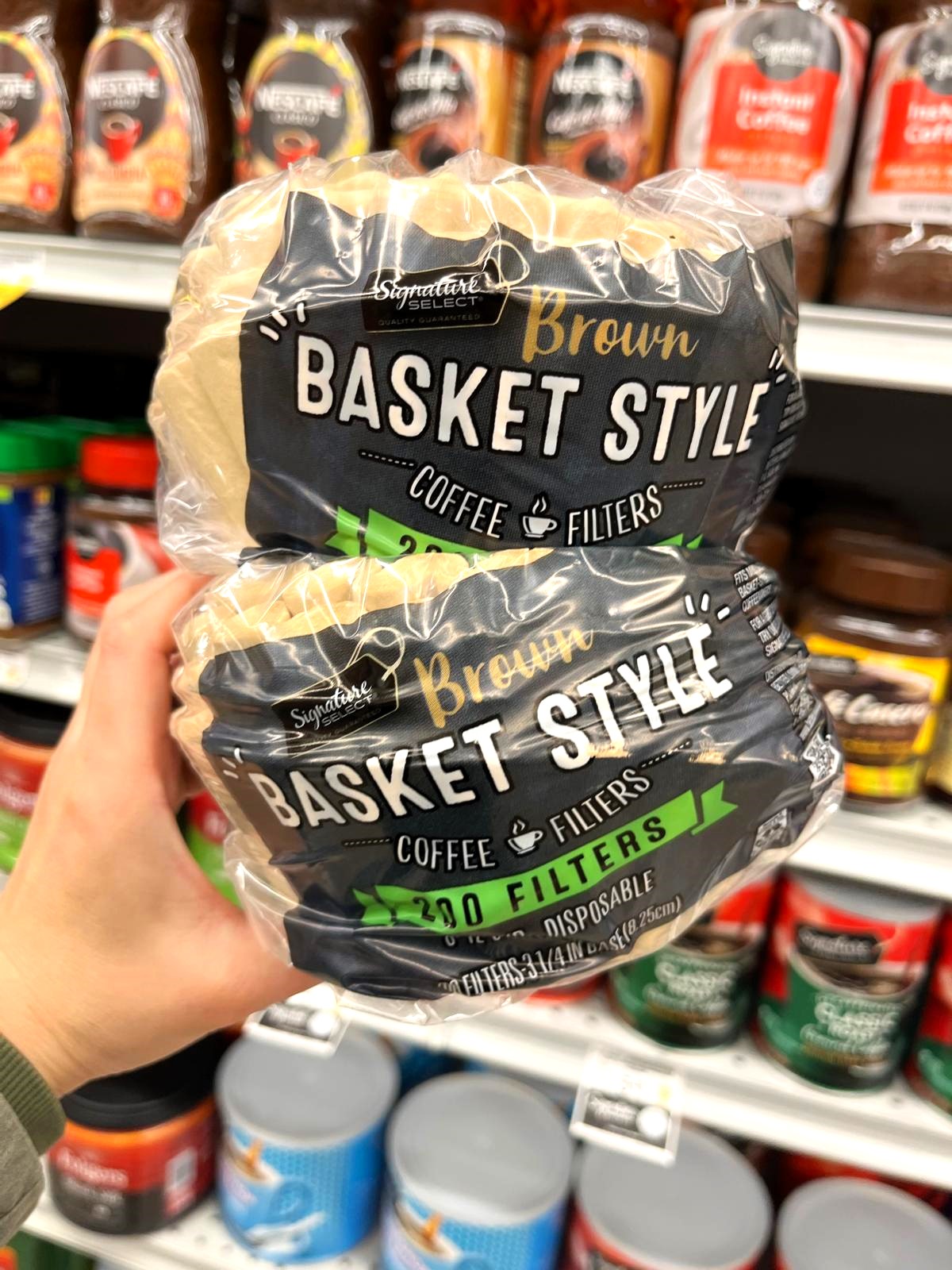
3. Cloth Coffee Filters: Balanced Flavor and Sustainability
Cloth filters, typically made from cotton or other natural fibers, strike a balance between the clarity of paper filters and the richness of metal filters. They are often used in pour-over systems, although less common in standard drip coffee makers.
- Flavor Impact: Like metal filters, cloth filters allow more coffee oils to pass through, giving the coffee a full-bodied, rich taste. However, they do filter out more of the fines, resulting in a smoother, cleaner cup. Cloth filters are often chosen for their ability to create a balanced flavor, with less sediment and a bit of complexity. They are particularly popular for those brewing different coffees that require precise extraction methods.
- Environmental Considerations: Cloth filters are reusable and can help minimize waste. However, they require regular cleaning to prevent mold or the build-up of coffee oils. Some cloth filters are made from organic materials like cotton or bamboo, which makes them a more eco-friendly option. Though they may degrade faster than metal filters, they still offer a good alternative to single-use options.
4. Disk Filter: A Specialized Option
For brewing methods like Aeropress or Siphon brewers, disk filters made from metal or cloth are commonly used. These filters are smaller and flatter than traditional filters, offering a unique brewing experience that emphasizes a clean but rich flavor profile. Disk filters are ideal for coffee drinkers seeking a reusable coffee filters solution for specific brewing methods while maintaining a clean cup.

Which Coffee Filters Are the Best?
Choosing the best filter comes down to personal preference and the specific characteristics you want from your coffee. If you’re after convenience and a clean cup, paper filters are the most commonly used option, especially with drip coffee makers. If you prefer a more robust and full-bodied brew with minimal waste, metal filters may be your go-to. If sustainability and balance are your priorities, cloth filters offer a great compromise.
The type of coffee filter you choose can have a significant impact on the coffee taste and texture. Whether you’re brewing a small batch with a Hario V60 or preparing a large pot with a drip coffee maker, understanding the differences in filter types and how they impact the extraction process will help you brew a better cup of coffee every time.
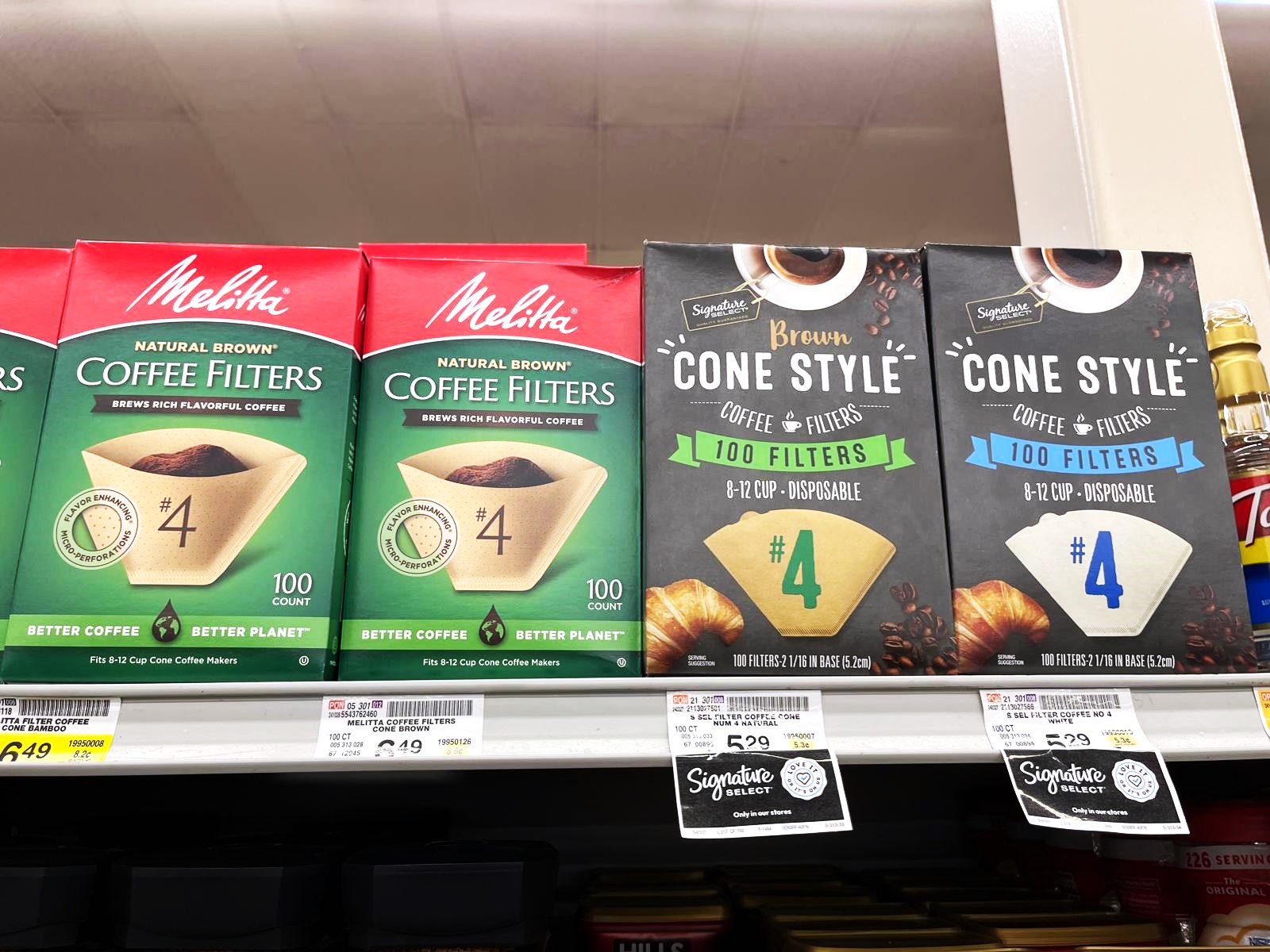
Final Thoughts
Choosing between cone-shaped filters and flat bottom filters is a matter of personal preference and the coffee you’re brewing. Cone filters are great for a more complex, flavorful cup with better extraction, while flat bottom filters are ideal for convenience and brewing large quantities of coffee. The material of the filter—whether paper, metal, or cloth—also plays a role in the flavor profile and environmental impact.
In the end, there is no “one size fits all” solution. Whether you prefer the clean taste of paper, the richness of metal, or the sustainability of cloth filters, understanding the different types of filters and how they affect your brew will ultimately help you create better coffee.

